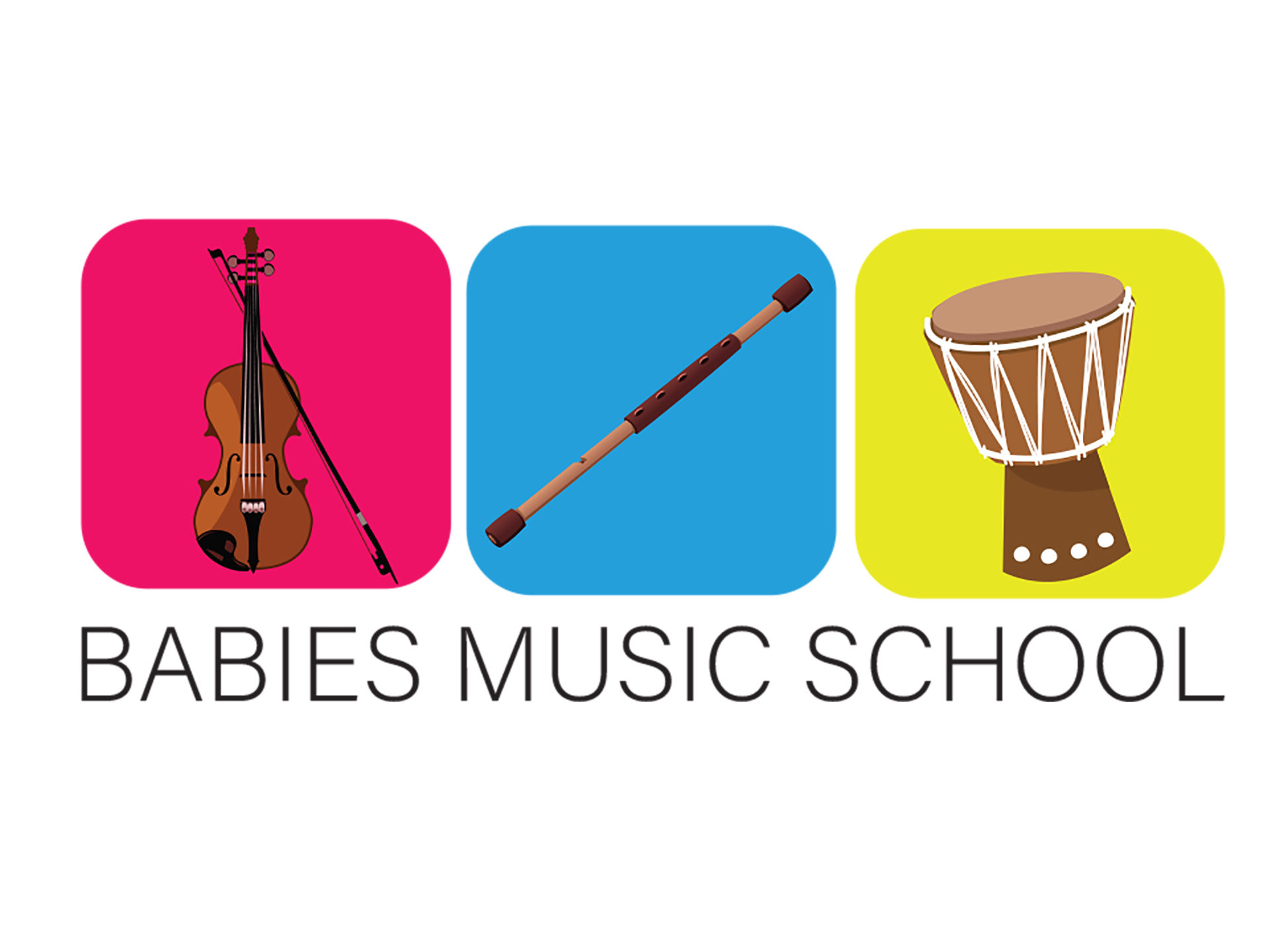Create your bonding blueprint by learning a short, fun and easy custom lullaby for baby – purchase The Soothing Sounds Secret now for only €6.99!
________________________________________________________________________________________________________________________
At a hospital in Marseilles a volunteer music therapist, Elsa Tanina Ouabdesselam who was still training with Mary Aillan took her little seven string Sounding Bowl into a Neonatal Intensive Care Unit (NICU) and began to play to the infants there.
NICUs care for babies born with life-threatening conditions, many do not survive in spite of the intense level of care. Elsa held her bowl up against the side of the incubator so that the vibrations reached right through into the closed world of each infant. There she would play for 20 minutes or so before moving on.
Various ICUs have experimented with music therapy. Typically the effect is good with patients requiring less pain medication and seeming to speed their recoveries yet the general effect is not powerful enough to reach into the physical symptoms and the monitors showing heart, breath and blood functions do not show any signs of change.
With Elsa and the Sounding Bowl things were different. Almost immediately the monitors responded. The breathing deepened and regularized, the heart beat became stronger and more even, the oxygen uptake in the blood improved and the babies’ muscle-tone relaxed.
On her regular visits Elsa was now directed to those most in need, those with “Fading Vital Signs” and began to play more for them than those already doing better. Amazingly various of these infants showed a sustained response the therapy and began to show distinct signs of recovery.
Over the nearly three years that Elsa continued this voluntary activity over two hundred babies made the change from “Fading Vital Signs” to “in Recovery” following as little as 20 minutes of Sounding Bowl ‘treatment.’
Music therapy in France is extremely poorly defined where a volunteer playing a guitar is given as much respect as a fully trained music therapist, and even where a degree has been obtained the image is more one of music-related psychotherapy where question and answer fill more time than direct music which may in turn not even be live music. Full music therapy in such as the Nordoff Robbins model where it is possible to reach non-verbal patients and non-verbal levels in all clients is not widely understood yet in France. Thus when Elsa’s teacher and supervisor, Mary Aillan applied to continue the work after Elsa moved on there was no funding to support this.
Presently there are two hospitals in the UK considering engaging this model and I look forward to reporting more in the near future.
Interestingly recent research has connecting music with changes in the blood may in part explain the movement in the monitors.
Silence first began to appear in scientific research as a control or baseline, against which scientists compare the effects of noise or music. Researchers have mainly studied it by accident, as physician Luciano Bernardi did in a 2006 study of the physiological effects of music. “We didn’t think about the effect of silence,” he says. “That was not meant to be studied specifically.”
He was in for a quiet surprise. Bernardi observed physiological metrics for two dozen test subjects while they listened to six musical tracks. He found that the impacts of music could be read directly in the bloodstream, via changes in blood pressure, carbon dioxide, and circulation in the brain. (Bernardi and his son are both amateur musicians, and they wanted to explore a shared interest.) “During almost all sorts of music, there was a physiological change compatible with a condition of arousal,” he explains.
This effect made sense, given that active listening requires alertness and attention. But the more striking finding appeared between musical tracks. Bernardi and his colleagues discovered that randomly inserted stretches of silence also had a drastic effect, but in the opposite direction. In fact, two-minute silent pauses proved far more relaxing than either “relaxing” music or a longer silence played before the experiment started.
